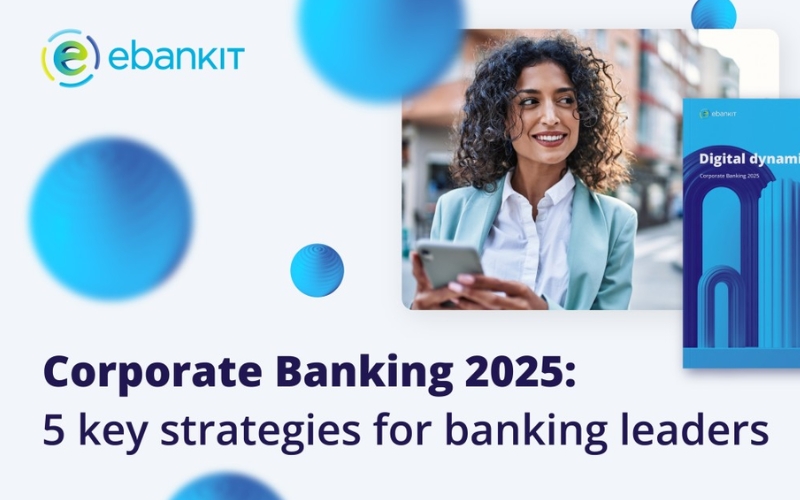How Blockchain Technology is Shaping a dramatic transformation, driven largely by the advent of new technologies that aim to enhance efficiency, security, and transparency. Among the most promising technologies is blockchain, a decentralized, distributed ledger technology that enables secure, transparent, and tamper-proof transactions. Originally associated with cryptocurrencies like Bitcoin, blockchain’s potential in revolutionizing traditional financial services is now widely recognized. In this article, we will explore how blockchain technology is shaping the future of banking, examining its benefits, challenges, and future impact.
1. Understanding Blockchain Technology
At its core, blockchain is a decentralized ledger that records transactions across many computers in such a way that the registered transactions cannot be altered retroactively without the alteration of all subsequent blocks, which requires network consensus. This makes blockchain highly secure, transparent, and resistant to fraud.
In banking, blockchain allows for peer-to-peer transactions without the need for intermediaries such as banks, credit card companies, or payment processors. The blockchain network itself acts as a trusted third party, eliminating the need for a central authority to verify transactions. This can significantly streamline processes and reduce costs in various banking operations, from payments to lending to regulatory compliance.
Key Characteristics of Blockchain:
- Decentralization: No single entity controls the blockchain; it’s maintained by a distributed network of computers.
- Immutability: Once a transaction is recorded on the blockchain, it cannot be changed or deleted.
- Transparency: All participants can view and verify the transaction history.
- Security: Blockchain uses advanced cryptography to ensure the integrity and security of data.
2. Blockchain in Payments: Reducing Costs and Increasing Efficiency
How Blockchain Technology is Shaping applications of blockchain technology in banking is in the payments industry. Traditional payment systems involve several intermediaries, including payment processors, clearinghouses, and correspondent banks, all of which add costs and time delays to the transaction. Blockchain can streamline this process by enabling real-time, direct transfers between parties.
With blockchain-based cross-border payments, for example, banks can reduce the reliance on slow and expensive correspondent banking systems. By cutting out intermediaries, blockchain transactions can be completed within minutes instead of days, and at a fraction of the cost. Blockchain’s ability to provide transparent and secure cross-border payments also reduces the risks of fraud, errors, and disputes, enhancing trust in international transactions.
Key Impact:
- Faster payments with near-instant settlement times.
- Lower transaction fees due to the elimination of intermediaries.
- Increased transparency that reduces the risk of fraud.
3. Blockchain for Lending: Streamlining Processes and Reducing Risk
The lending industry is another area where blockchain can have a transformative impact. Traditional lending involves numerous intermediaries, paper-based documentation, and time-consuming approval processes. Blockchain can simplify and automate many aspects of the lending process, improving speed and efficiency.
Blockchain enables smart contracts, which are self-executing contracts with the terms of the agreement directly written into code. In lending, this means that once the terms are agreed upon, the loan can be automatically processed, executed, and verified. This eliminates the need for manual intervention, reducing paperwork, delays, and human errors.
Furthermore, blockchain’s transparency can enhance the credit risk assessment process. By providing a tamper-proof, real-time history of borrower transactions, blockchain can offer lenders a more accurate and reliable view of an individual’s or business’s creditworthiness, reducing default risk.
Key Impact:
- Faster loan processing and approval times via smart contracts.
- Reduced paperwork and administrative costs due to automation.
- Improved credit risk assessment through transparent, real-time data.
4. Blockchain for Identity Verification and KYC (Know Your Customer)
In the banking world, identity verification and Know Your Customer (KYC) processes are vital to prevent fraud, money laundering, and terrorist financing. These processes typically require customers to provide sensitive personal information, which is often stored in centralized databases that are vulnerable to hacking and data breaches.
Blockchain can provide a more secure and efficient solution for KYC and identity verification. By storing KYC data on a blockchain, banks can create a secure, immutable digital identity for each customer, which can be verified by any institution that is part of the blockchain network. This would allow for faster and more secure onboarding, as well as seamless identity verification across different financial institutions.
Moreover, because blockchain records are immutable, they provide an added layer of security to prevent fraud or identity theft. Once a customer’s identity is verified on the blockchain, it cannot be altered or tampered with.
Key Impact:
- Enhanced security in identity verification through blockchain’s immutable records.
- Faster and more efficient KYC processes, reducing onboarding times.
- Reduced fraud and identity theft risks, thanks to secure digital identities.
